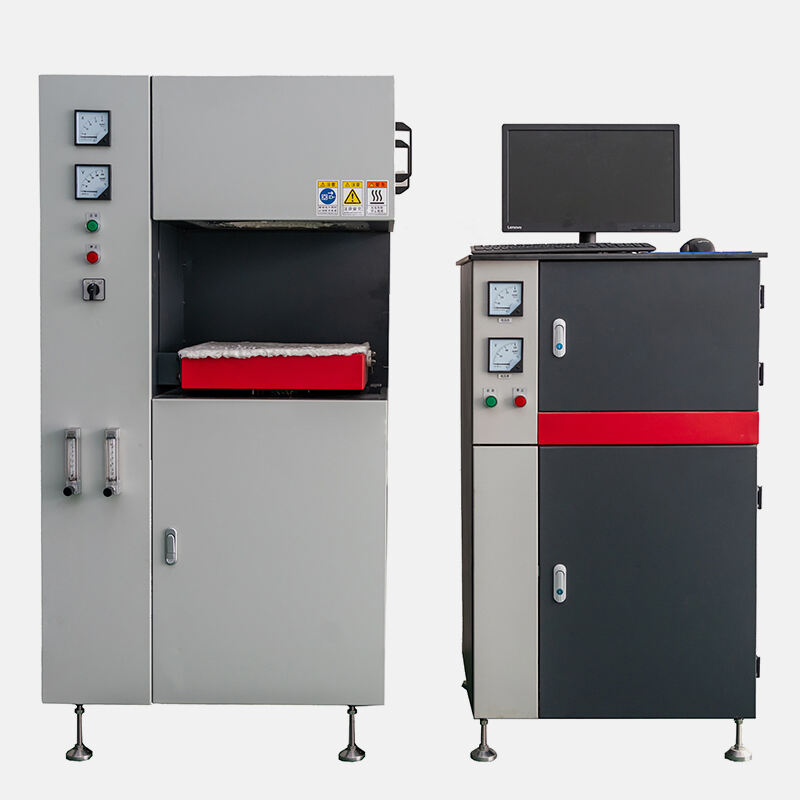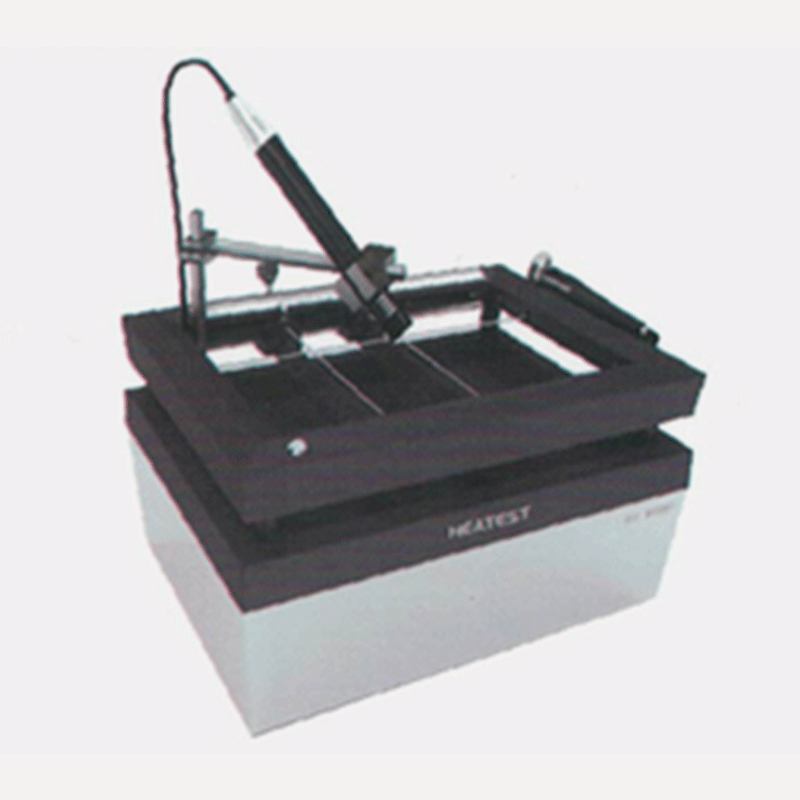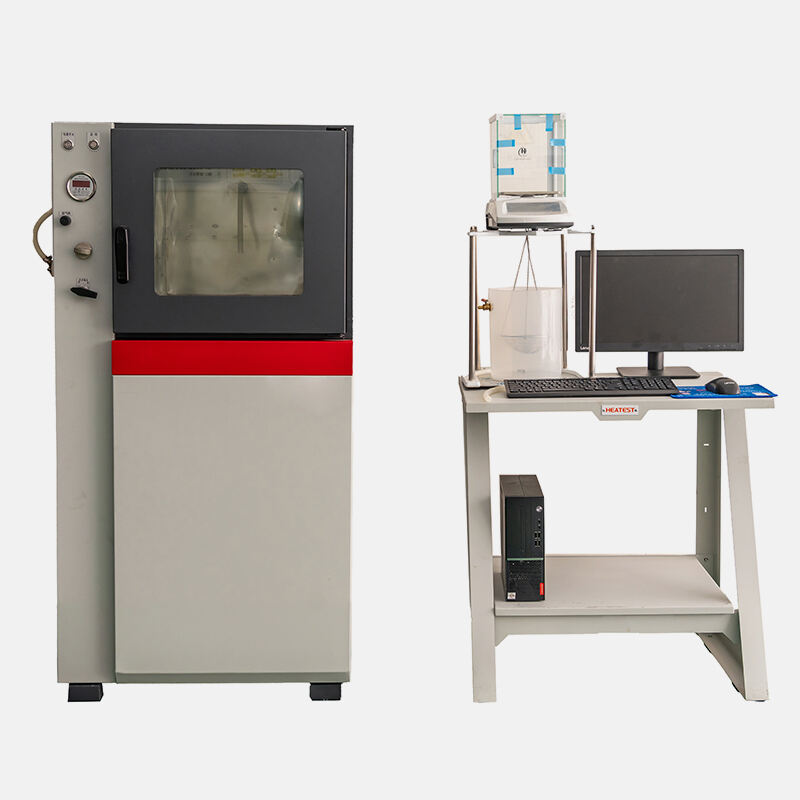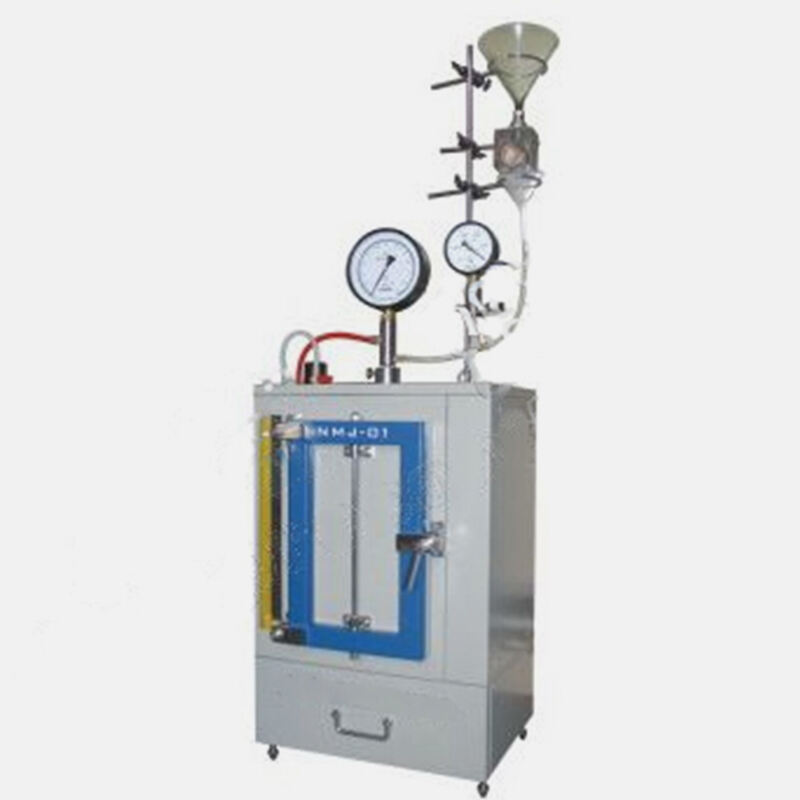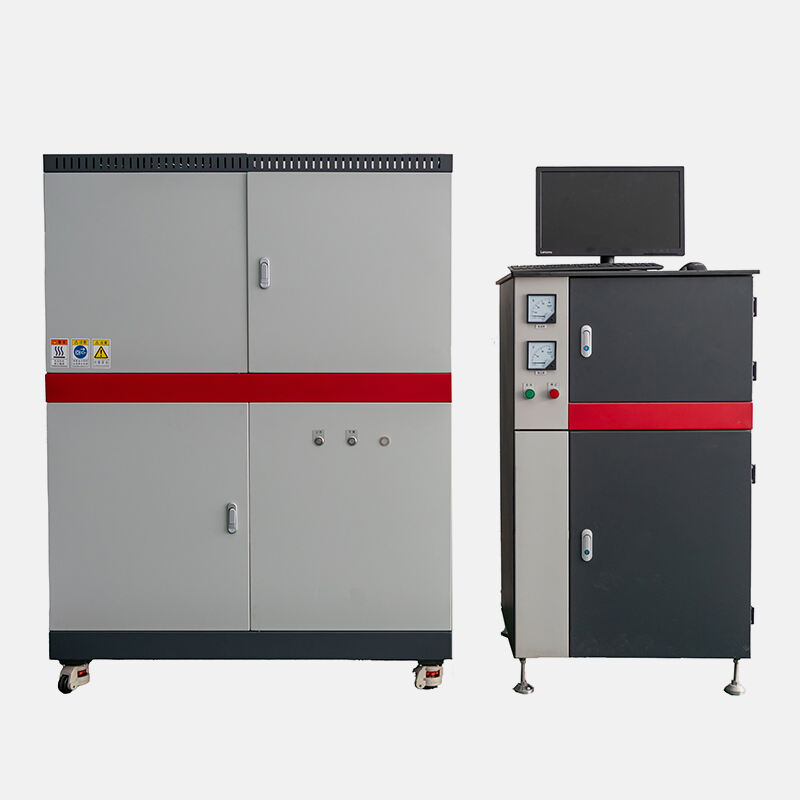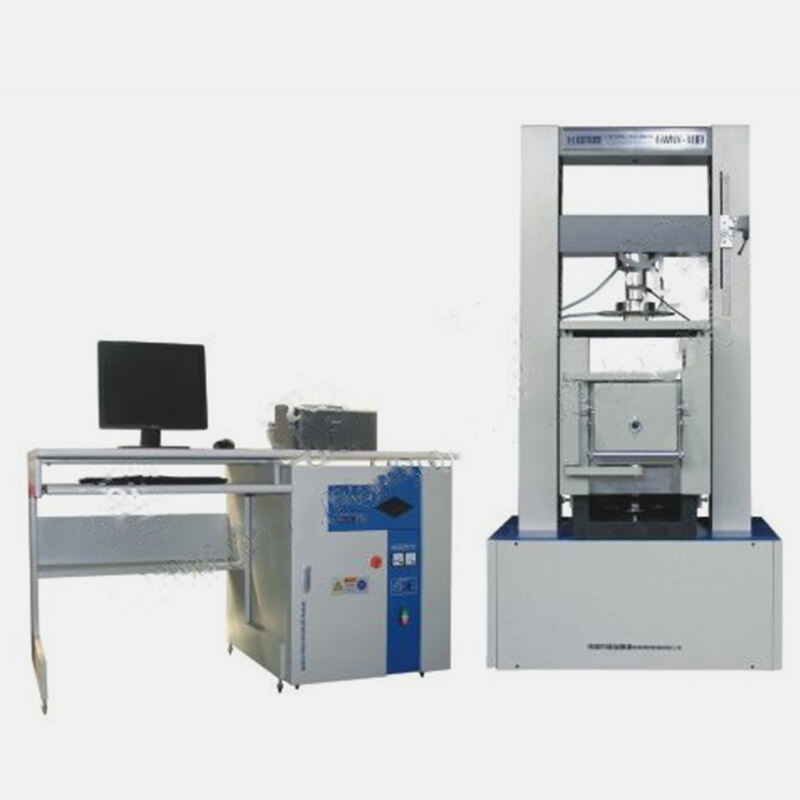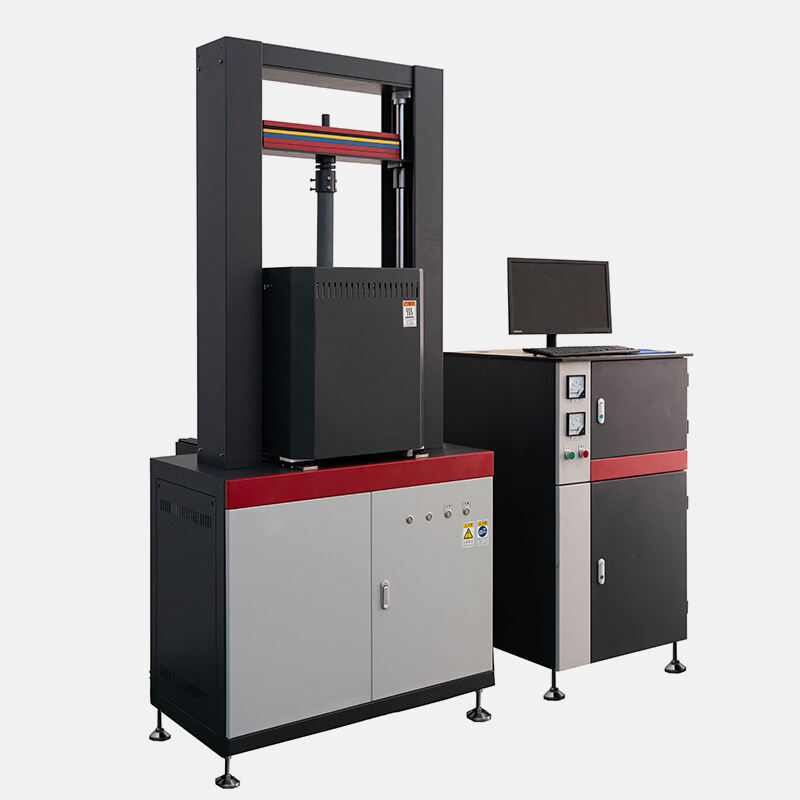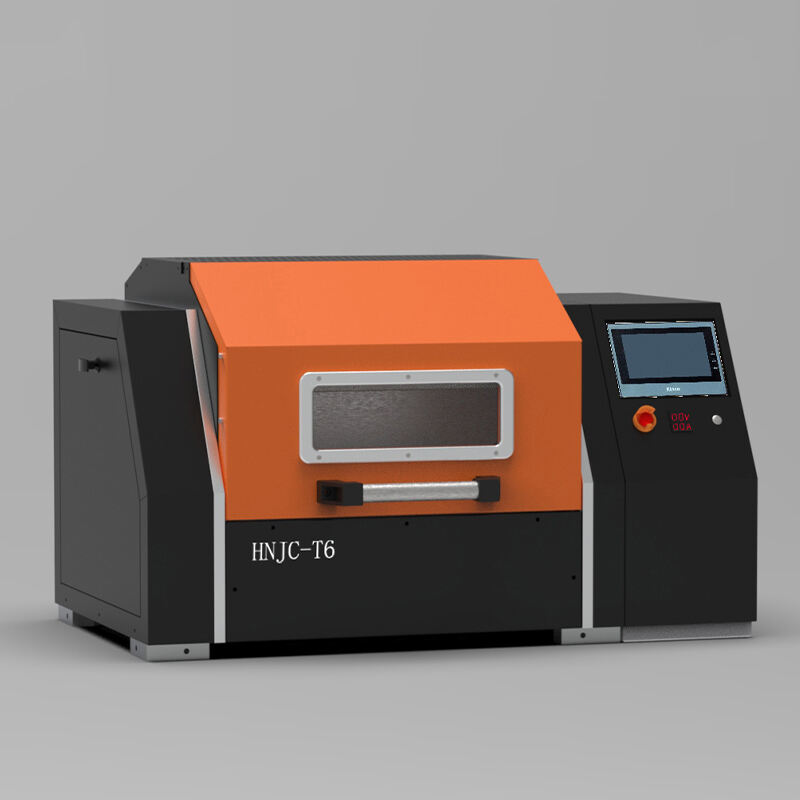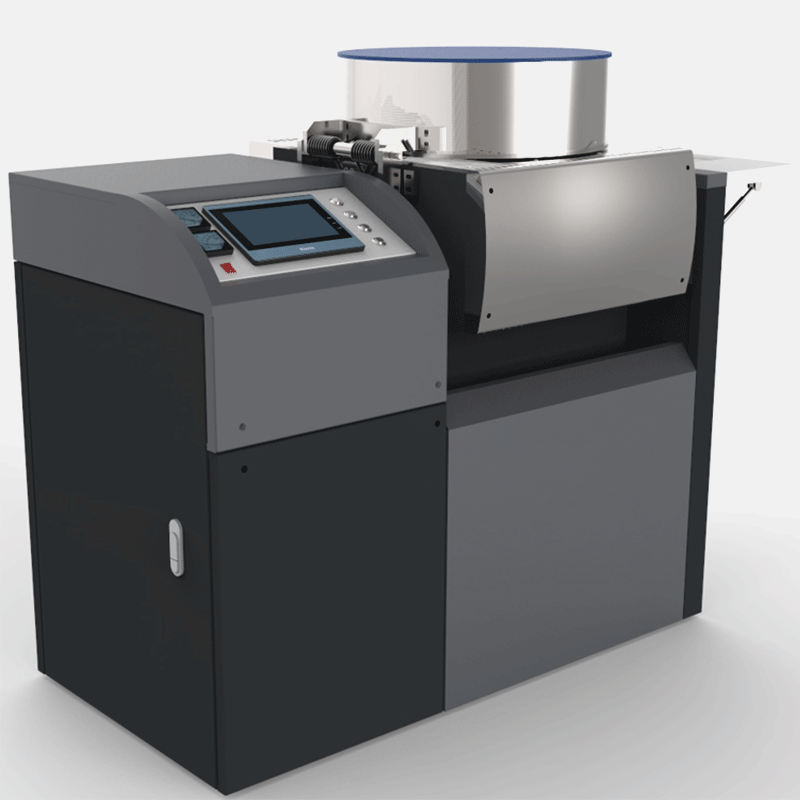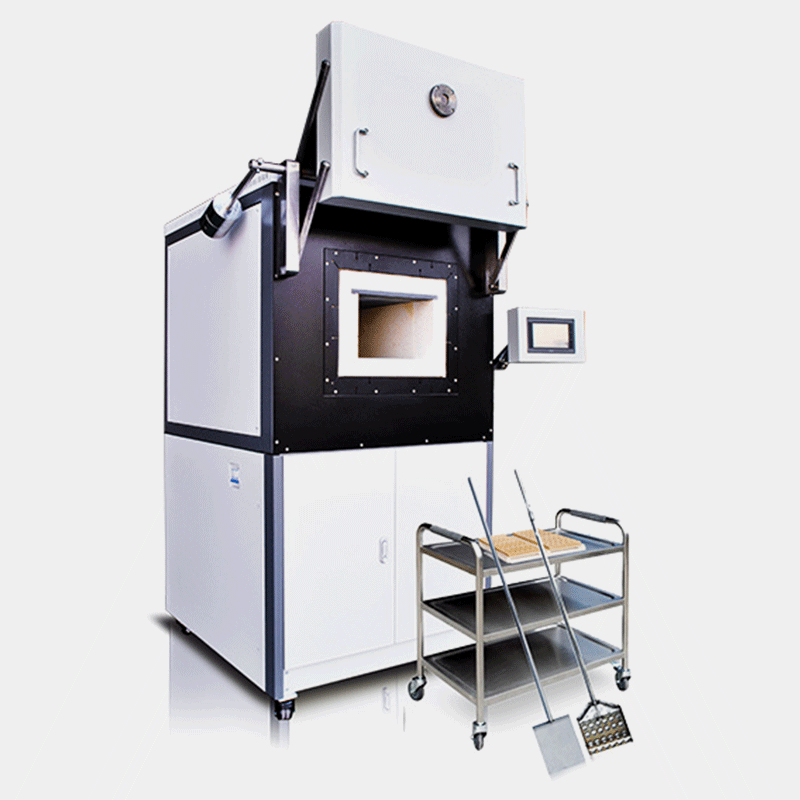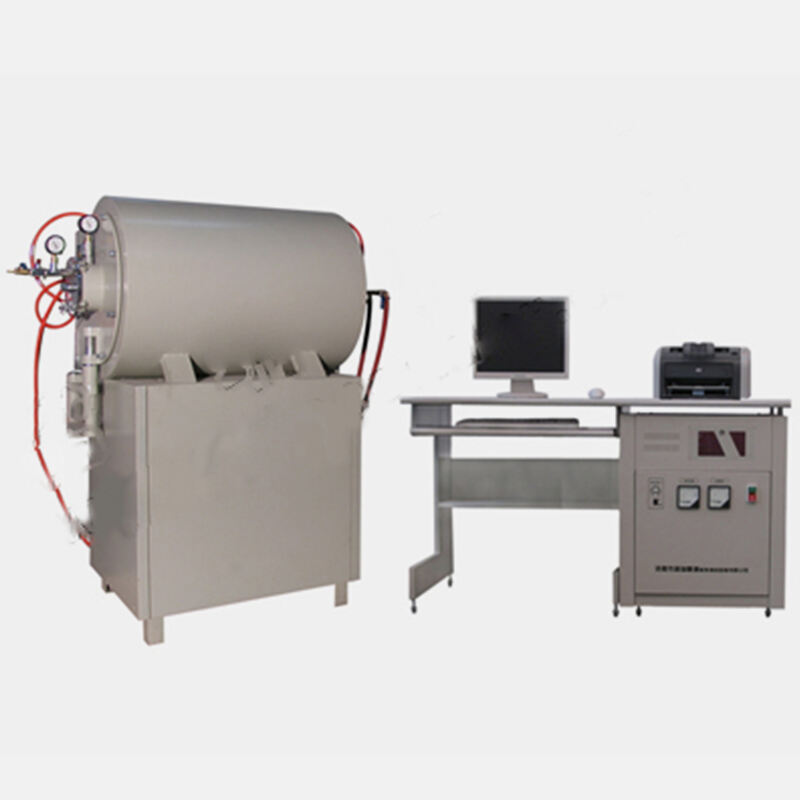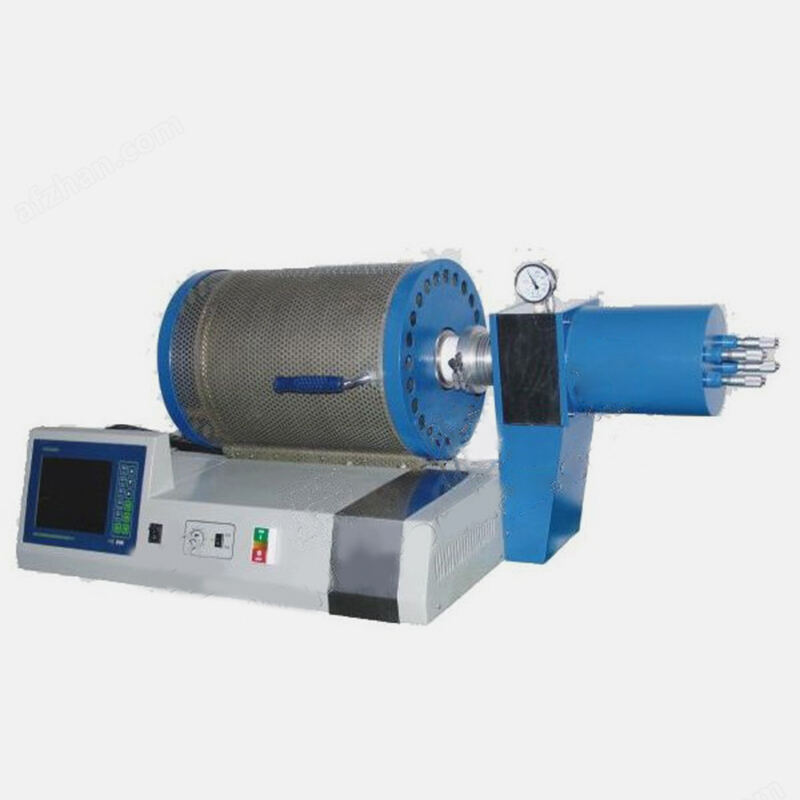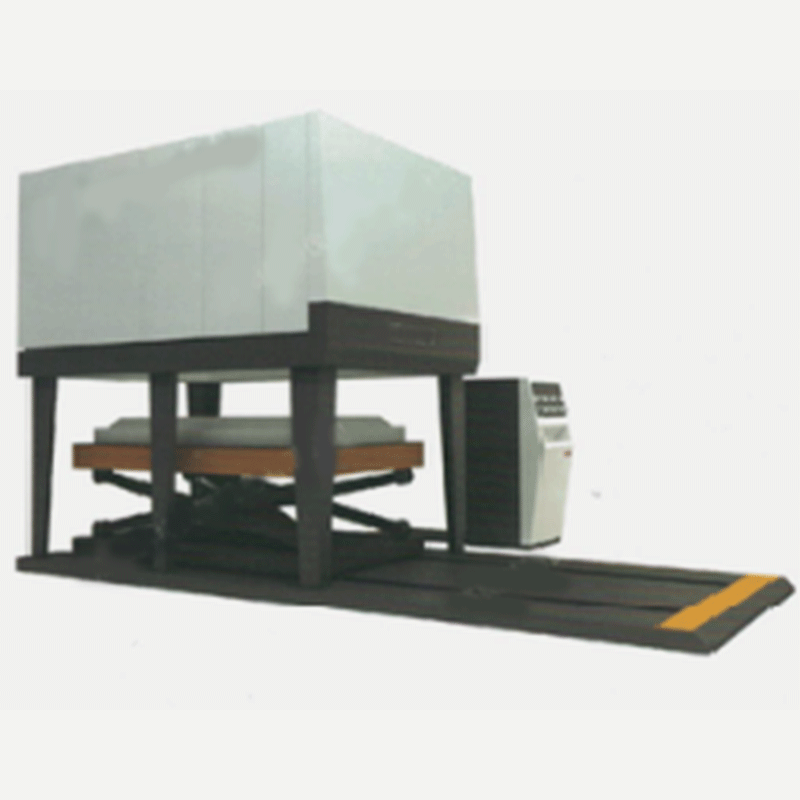Working principle of silicon carbide heating rod
XRF Fusion Machine Silicon carbide heating rod is an electric heating element made of silicon carbide material. Its working principle is based on the high resistivity characteristics of silicon carbide. When current passes through silicon carbide material, due to the existence of resistance, electrical energy is converted into thermal energy, thereby causing the heating rod to heat up. As the temperature rises, the resistivity of silicon carbide changes. This nonlinear resistance change enables the heating rod to automatically adjust the temperature and maintain a constant heating effect.
Characteristics of silicon carbide heating rod
Silicon carbide heating rod has the following characteristics:
High temperature resistance: It can work stably at high temperatures, and the maximum operating temperature can reach 1450℃.
Anti-oxidation: It has good chemical stability, strong acid resistance, and is not easily oxidized.
Long service life: Due to the high hardness and good thermal stability of silicon carbide material, the heating rod has a long service life and is suitable for continuous use.
Good thermal conductivity: It has high thermal conductivity and can heat up quickly and maintain a constant temperature.
Application of Silicon Carbide Heating Rods
Silicon Carbide heating rods are widely used in various occasions that require high temperature heating, such as:
Industrial furnaces: used for high temperature processing processes such as metal smelting and ceramic sintering.
Laboratory equipment: used for high temperature experiments, material testing, etc.
Special equipment: such as quartz glass melting, high temperature crystal growth, etc.
Through the above introduction, it can be seen that silicon carbide heating rods are efficient, stable and durable, and are an ideal choice in the field of high temperature heating.
Recommended Products
Hot News
-
Precisely measuring material "endurance" at high temperatures—Nanyang JZJ Testing Equipment Co., Ltd.'s high-temperature load-bearing creep tester is exported to the United States.
2025-12-17
-
The trusted choice of African mining giants! Nanyang JZJ Testing injects refined "core power" into Zimbabwe's gold mining industry.
2025-12-08
-
Working principle and application range of ambient temperature abrasion tester
2025-11-07
-
The main reagents used in fire assay and their functions
2025-10-13
-
Let you know about fire assay ash blowing furnace
2025-09-23
-
Refractoriness under load (RUL) and creep in compression (CIC) testing machine common troubleshooting
2025-08-25
-
How to use X-ray fluorescence fusion machine in refractory industry?
2025-08-18
-
What materials are suitable for high temperature muffle furnace testing?
2025-08-14
-
Working together to create a better future: Indian partner Ants Prosys visits JZJ Testing's production base
2025-08-04
-
Automatic mold melting machine - innovative equipment to improve experimental efficiency
2025-07-22

 EN
EN
 AR
AR
 BG
BG
 FR
FR
 DE
DE
 HI
HI
 IT
IT
 PL
PL
 PT
PT
 RU
RU
 ES
ES
 TL
TL
 IW
IW
 ID
ID
 UK
UK
 VI
VI
 TH
TH
 TR
TR
 FA
FA
 MS
MS
 UR
UR
 BN
BN
 KM
KM
 LO
LO
 PA
PA
 MY
MY
 KK
KK

